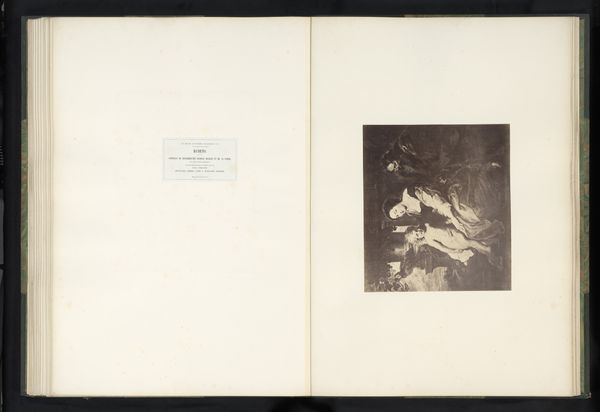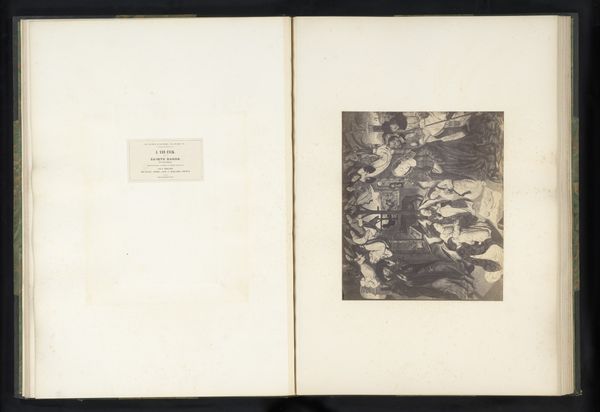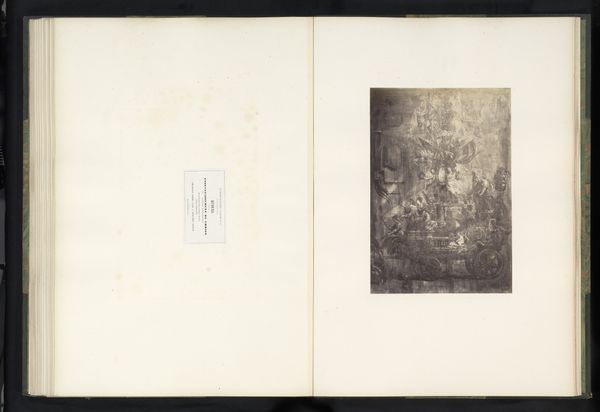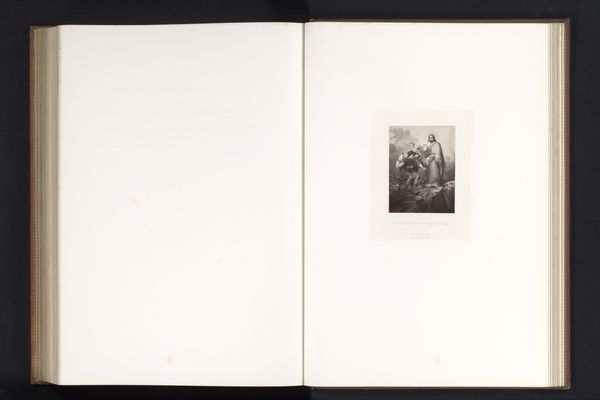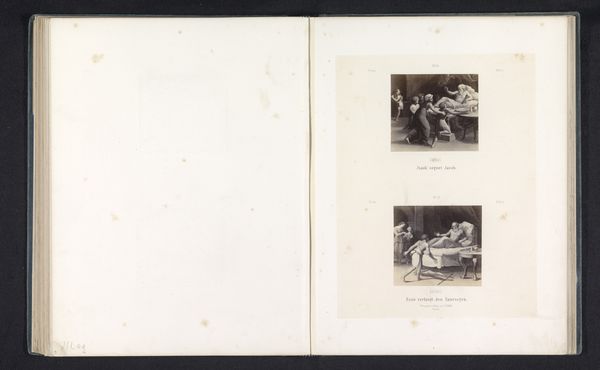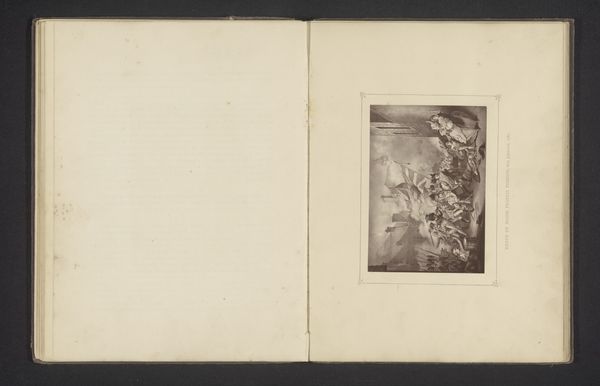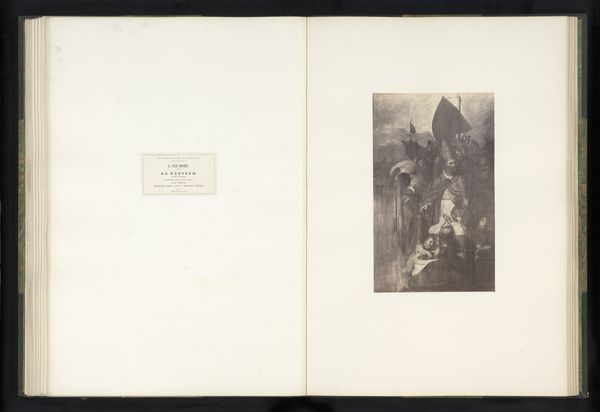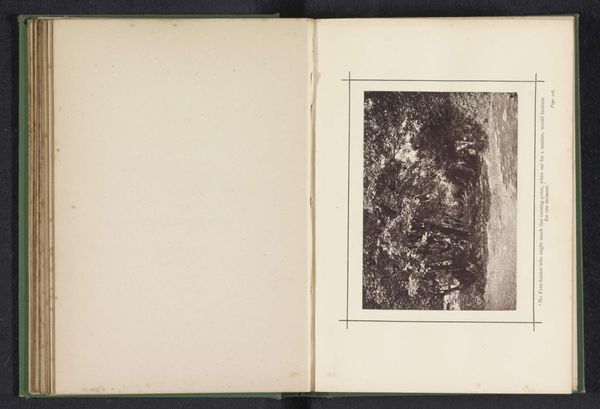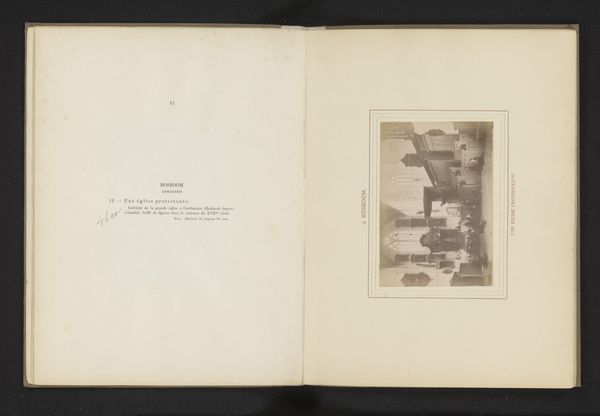
Fotoreproducties van de Onthoofding van Johannes de Doper en van de Heilige Johannes in de olie door Quinten Massijs before 1861
0:00
0:00
print, photography, gelatin-silver-print
#
portrait
#
ink paper printed
# print
#
photography
#
gelatin-silver-print
#
history-painting
Dimensions: height 696 mm, width 469 mm
Copyright: Rijks Museum: Open Domain
Editor: This fascinating gelatin-silver print, dated before 1861, features photographic reproductions of Quinten Massijs's works, specifically depicting the beheading of Saint John the Baptist and Saint John in oil. What immediately strikes me is how early photography is used here to document and disseminate painted narratives. As an art historian, what insights do you glean from this combination of photography and painting? Curator: Well, this image speaks volumes about the democratizing potential of photography in the mid-19th century. Consider the context: original artworks, especially by renowned masters like Massijs, were often accessible only to a privileged elite. Photography allowed for wider distribution, bringing these images, and the stories they told, to a broader audience. Editor: That makes sense. So, it's not just about appreciating the artistic merit of the photographs themselves, but understanding their social function? Curator: Exactly! Think about the institutions involved: who commissioned these photographs? Were they intended for educational purposes, personal collections, or perhaps as marketing material for the original paintings? The act of reproduction itself became a form of interpretation, shaping public understanding and reception of Massijs' work. Do you think that the photograph changes how the artworks can be viewed? Editor: Absolutely, knowing about that element changes my understanding. I was focused on just two distinct images, now I know the images point to something bigger. This intersection of art, history, and social context is just compelling! Curator: Indeed. It reminds us that art is rarely created or viewed in a vacuum, it is so important to look at its purpose, then and now!
Comments
No comments
Be the first to comment and join the conversation on the ultimate creative platform.


